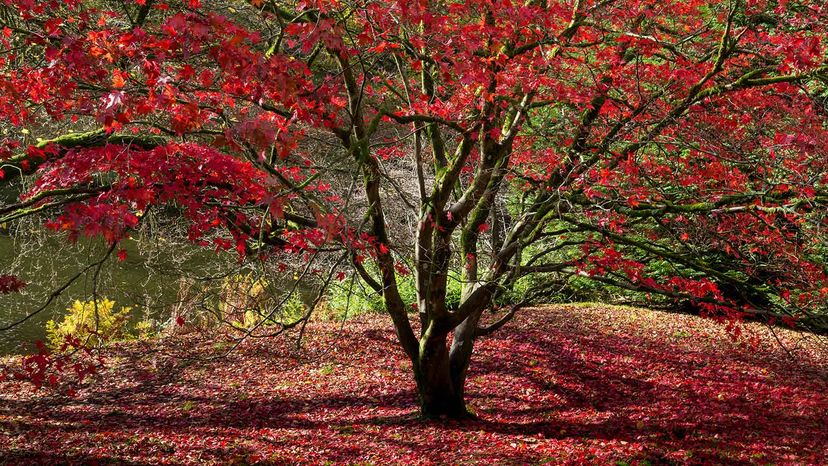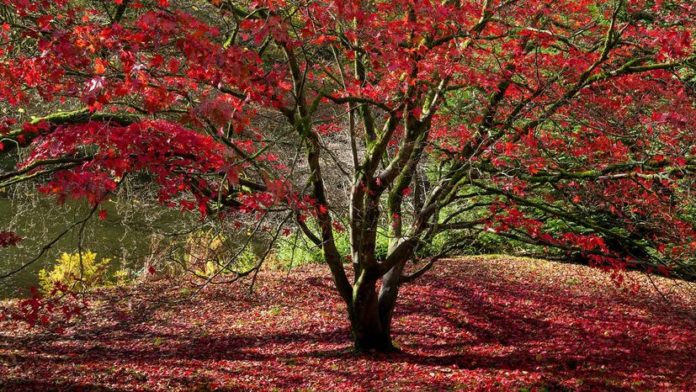 “You can estimate the age of a living tree using a simple mathematical equation. John Turp/Getty Images
“You can estimate the age of a living tree using a simple mathematical equation. John Turp/Getty Images
You probably learned in elementary school that counting the rings of a tree’s trunk is a simple way to measure the its history and age. But what if you need to find out how old a live — and healthy — tree is without calling in an arborist?
Dissecting to determine its age would injure, and likely cause irreversibly damage, to a live tree. But there is one quick way determine a standing tree’s age — and it calls for a bit of math, specifically geometry. This method also requires you to know the tree species.
First grab a tape measure and record the circumference of the tree’s trunk at roughly 4.5 feet (1.3 meters) from the ground; this location, roughly shoulder height, according to Purdue Landscape Report, is known as DBH or Diameter at Breast Height.
Next, it’s time to determine the tree’s diameter. To do that, divide the tree’s circumference by pi (3.14) — yes, that old mathematical constant you learned in high school. Then, take the diameter and multiple it by the species’ specific growth factor number (more on that below). This is where knowing the tree species is critical.
What Is a Tree’s Growth Factor?
Tree species grow at different rates and based on the environment around them. Scientists used this knowledge to uncover growth factors for each tree species, according to Science Alcove. Multiplying the tree’s diameter by the tree’s specific growth factor will give you the tree’s estimated age. Or, if you’d rather not do the math, you can head over to Good Calculator’s Tree Age Calculator to plug in the circumference and tree type, and let the website do the math for you.
Growth factors vary from two to seven and beyond. The growth factor for some of the most common tree species include:
- Red maple: 4.5
- American elm: 4
- Cottonwood: 2
- Douglas fir: 2
- Aspen: 2
- Sugar maple: 5.5
- Sweet gum: 4
- European white birch: 5
- Dogwood: 7
- Redbud: 7
- White oak: 5
So let’s take a red maple, which has a growth factor of 4.5, and assume it has a circumference of 22 inches (55 centimeters). To get its age estimate, divide 22 inches by pi (3.14) to get the tree’s diameter — 7 inches (17 centimeters). Now take 7 and multiply that by 4.5, which is the red maple’s growth factor and you get 31.5 — the estimated age of the tree.
This is a simple way to approximate a tree’s age without jeopardizing the tree’s health, but it doesn’t guarantee 100 percent accuracy. Growth factors are most precise for trees found in healthy forests. Urban trees face stressors like poor soil or restricted growing areas that may affect their overall health, growth and history.
NOW THAT’S INTERESTING
A household tape measure will work on most local trees, but not on the Tule Tree, the world’s widest tree. This 2,000-year-old cypress has a circumference of more than 160 feet; you can find this colossal in the Mexican state of Oaxaca.








































